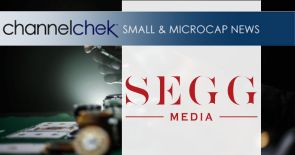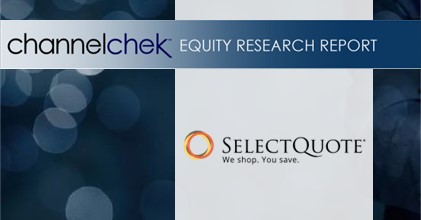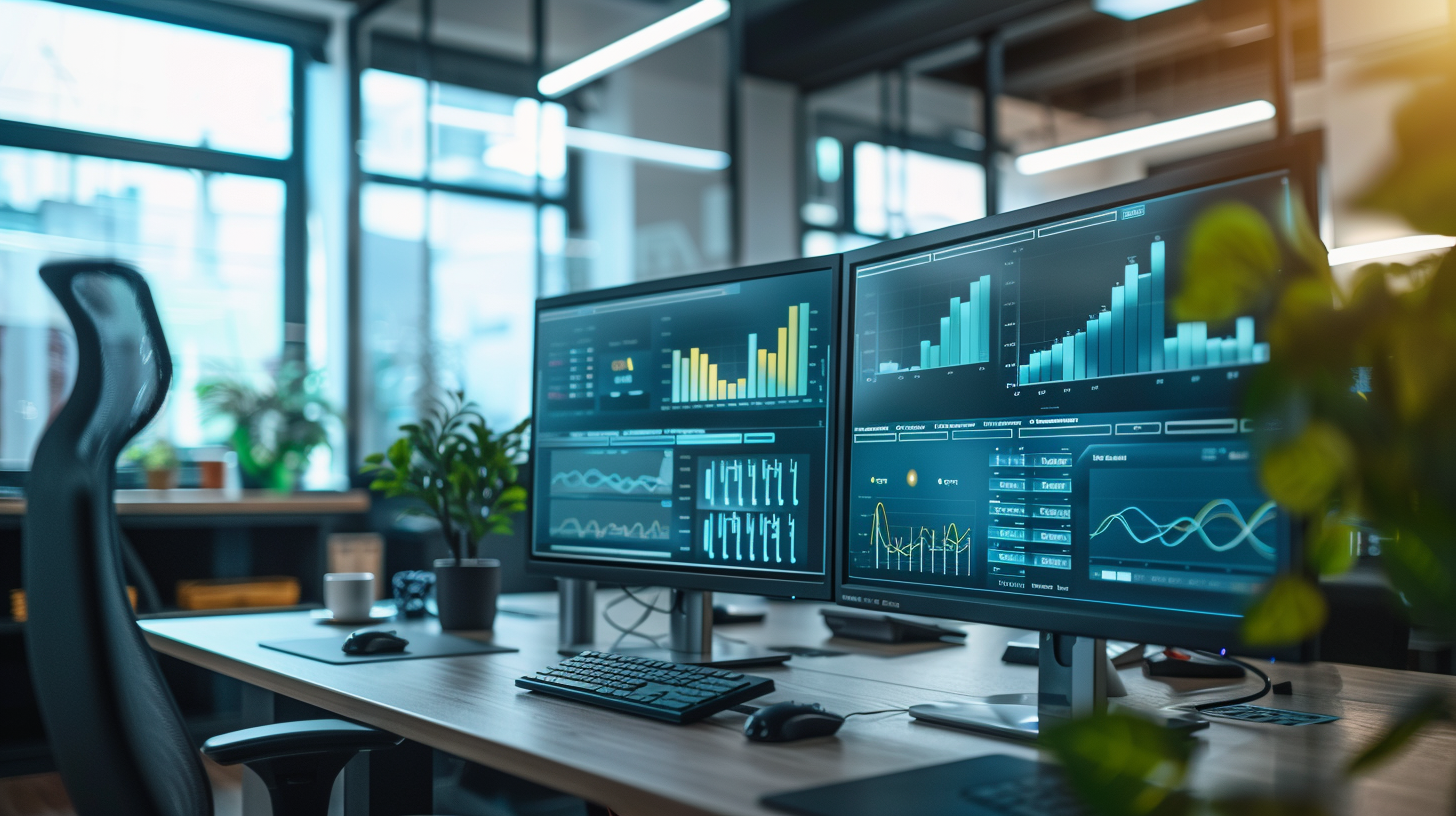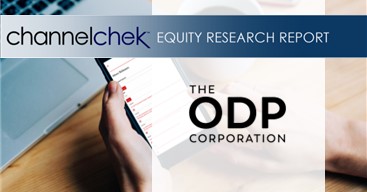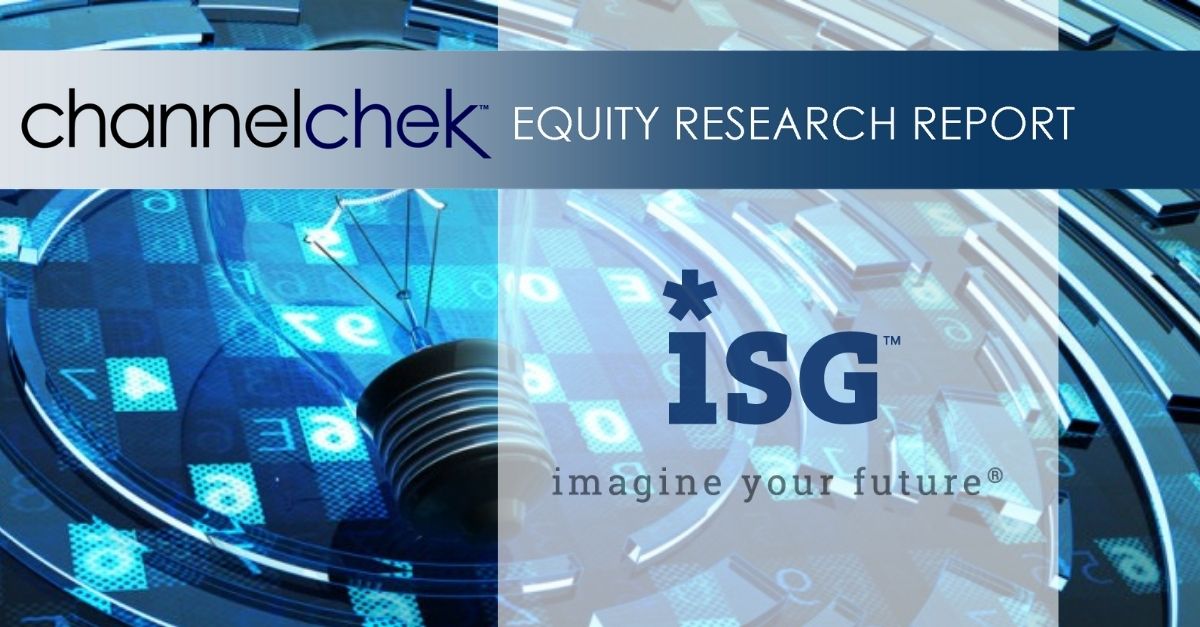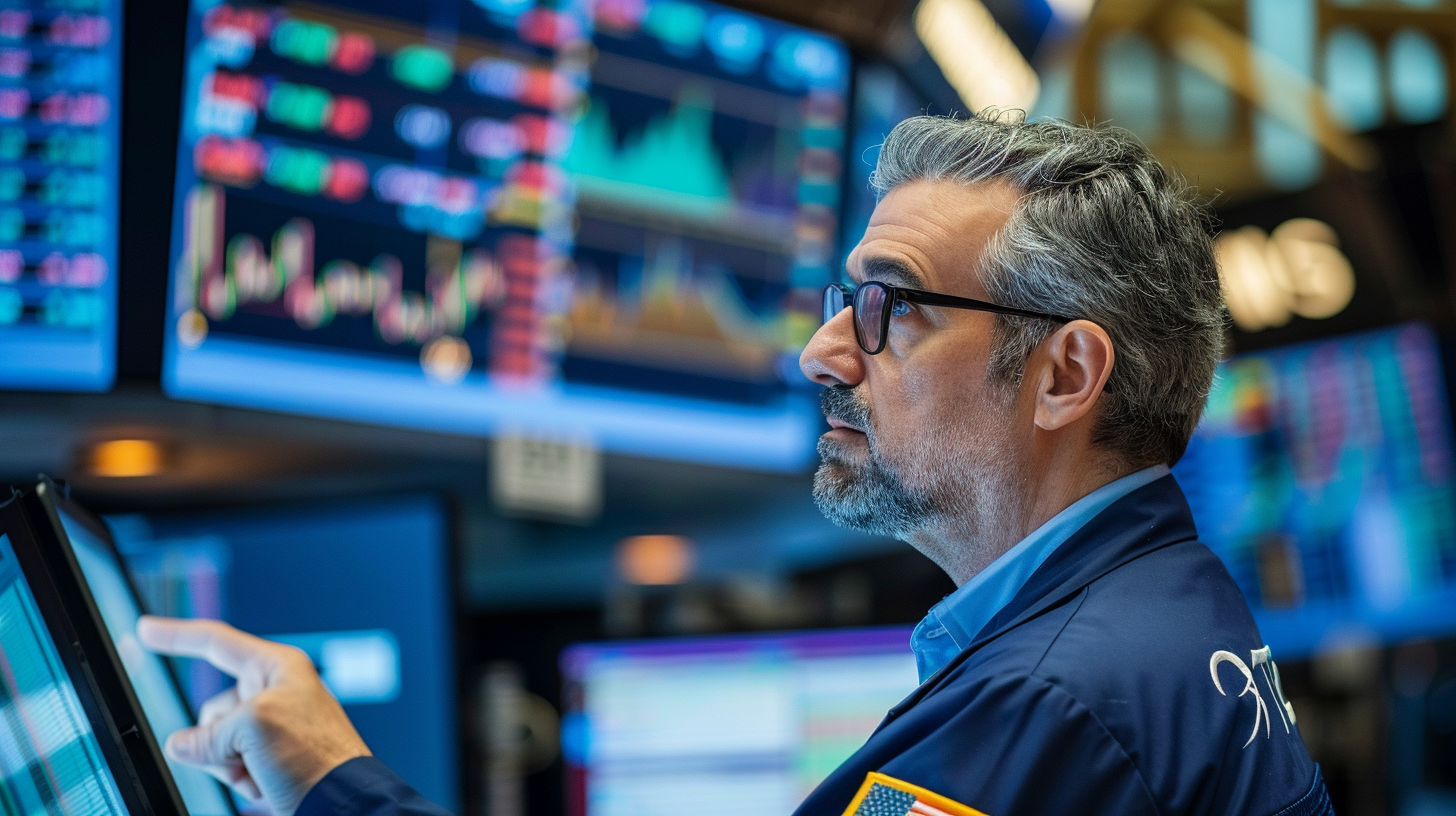September 24, 2025
Lottery.com’s International Gaming Platform Launch Accelerates Revenue Outlook
FORT WORTH, Texas, Sept. 24, 2025 (GLOBE NEWSWIRE) — SEGG Media Corporation (NASDAQ: SEGG, LTRYW) (the “Company” or “SEGG Media”) the global sports, entertainment, and gaming conglomerate, today announced the official launch of its international gaming platform at https://international.lottery.com. Players outside of the U.S. can visit the site today, create an account, and sample many games for free.
The strategic decision to bring operations in house to launch Lottery.com International will maximize revenue potential. The gaming platform was an asset acquired as part of the Company’s purchase of Spektrum Ltd. earlier this year. Lottery.com International will deploy the gaming platform in the global markets across Europe, Africa, and other high-growth territories and is projected to deliver approximately $6,350,000 in the coming FISCAL year (2026); marking an acceleration to the Company’s revenue outlook and sustained balance sheet growth.
Matthew McGahan, Chairman of SEGG Media, said: “This is another example of how the Company’s buy-and build strategy is allowing us to execute at speed and scale. We are confident in our ability to generate revenue from international gaming operations in the near term, and our mission is clear: to deliver long-term value for our shareholders and redefine the gaming experience for customers worldwide. This is about delivering results, quarter after quarter, and positioning SEGG Media as a leader in global gaming, including lottery.”
Tim Scoffham, CEO of Sports.com Media Group and Lottery.com International, added: “This is not just a launch — it’s a momentum shift. Letting consumers across the globe try our gaming platform provides a risk-free opportunity to introduce Lottery.com to millions of players around the world. Our strategy is disciplined operations, strategic expansion, rapid market penetration and capitalizing on the enormous opportunity at the convergence of sports, entertainment, and gaming.”
The Company’s international rollout represents a significant growth catalyss for the Company. By combining enhanced technology, local market execution, and SEGG Media’s buy-and-build approach, the Company is expected to scale revenues rapidly, drive higher multiples, and unlock shareholder value. Real money gaming will be made available to players on the platform in select jurisdictions starting in November. The Company will continue to allow players to enjoy free games in most markets as real money options are made available.
About SEGG Media Corporation
SEGG Media (Nasdaq: SEGG, LTRYW) is a global sports, entertainment and gaming group operating a portfolio of digital assets including Sports.com, Concerts.com and Lottery.com. Focused on immersive fan engagement, ethical gaming and AI-driven live experiences, SEGG Media is redefining how global audiences interact with the content they love.
Forward-Looking Statements
This press release contains statements that constitute “forward-looking statements” within the meaning of Section 27A of the Securities Act of 1933, as amended, and Section 21E of the Securities Exchange Act of 1934, as amended. All statements, other than statements of present or historical fact included in this press release, regarding the Company’s strategy, future operations, prospects, plans and objectives of management, are forward-looking statements. When used in this Form 8-K, the words “could,” “should,” “will,” “may,” “believe,” “anticipate,” “intend,” “estimate,” “expect,” “project,” “initiatives,” “continue,” the negative of such terms and other similar expressions are intended to identify forward-looking statements, although not all forward-looking statements contain such identifying words. These forward-looking statements are based on management’s current expectations and assumptions about future events and are based on currently available information as to the outcome and timing of future events. The forward-looking statements speak only as of the date of this press release or as of the date they are made. The Company cautions you that these forward-looking statements are subject to numerous risks and uncertainties, most of which are difficult to predict and many of which are beyond the control of the Company. In addition, the Company cautions you that the forward-looking statements contained in this press release are subject to risks and uncertainties, including but not limited to: the Company’s ability to secure additional capital resources; the Company’s ability to continue as a going concern; the Company’s ability to complete acquisitions; the Company’s ability to remain in compliance with Nasdaq Listing Rules; and those additional risks and uncertainties discussed under the heading “Risk Factors” in the Form 10-K/A filed by the Company with the SEC on April 22, 2025, and the other documents filed, or to be filed, by the Company with the SEC. Additional information concerning these and other factors that may impact the operations and projections discussed herein can be found in the reports that the Company has filed and will file from time to time with the SEC. These SEC filings are available publicly on the SEC’s website at www.sec.gov. Should one or more of the risks or uncertainties described in this press release materialize or should underlying assumptions prove incorrect, actual results and plans could differ materially from those expressed in any forward-looking statements. Except as otherwise required by applicable law, the Company disclaims any duty to update any forward-looking statements, all of which are expressly qualified by the statements in this section, to reflect events or circumstances after the date of this press release.
For additional information, visit www.seggmediacorp.com or contact media relations at media@seggmediacorp.com.
